

The noisy reef takes us under the waves to the reefs of New Zealand to explore sound and noise under water. Using this unique habitat, we look at what sound is, how it travels, what changes under ...
READ MORE

The reefs of New Zealand are noisy places, not the silent world that many of us imagine. The animals that live on reefs, such as shrimp, kina and fish, all have their distinctive sounds, and this ...
READ MORE

If someone dropped you off several kilometres from your house, how would you know where you are and how would you find your way home? Chances are you would use visual clues – streets, buildings ...
READ MORE

in this activity, a class or group of students create several soundscapes to gain a greater appreciation of how background sound differs from one geographical setting to another. By the end of ...
READ MORE

In this activity, students use an interactive or paper-based Venn diagram to illustrate the key similarities and differences between tsunami waves and surf waves. By the end of this activity ...
READ MORE

In this activity, students use a Mexican wave to demonstrate how waves transfer energy and to visualise the wave behaviours of reflection, constructive interference and shoaling. Rights: Sambo_27 ...
READ MORE
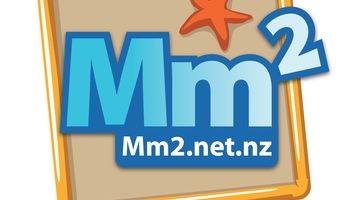
Marine Metre Squared is a New Zealand citizen science project that supports communities to monitor their local seashore. The project has been designed to provide meaningful, valid environmental ...
READ MORE
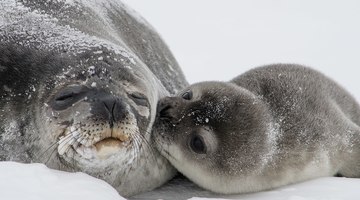
Weddell seals and orca are among the top predators in the Ross Sea region of Antarctica, and more than half of the Weddell seal population can be found in the Ross Sea. Information about changes ...
READ MORE
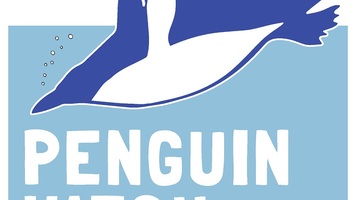
Help scientists establish valuable baseline data about the numbers, locations, habits and health of penguins in a range of Southern Ocean sites. This information will enable better understanding ...
READ MORE
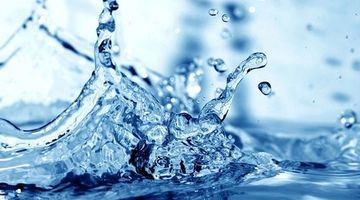
About 70% of Earth’s surface is covered by water. It is found just about everywhere and is the only naturally occurring substance on Earth existing in solid, liquid and gas states. Water is ...
READ MORE
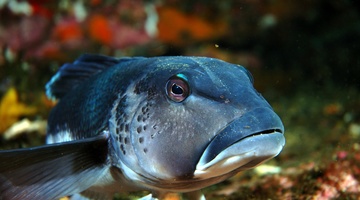
There are many marine classroom activities and resources on the Science Learning Hub useful for Seaweek 2015. This online PD session recorded on 19 February 2015 shows primary and secondary ...
READ MORE

Do you need resources for Seaweek? Are you planning a science unit on the sea? In this online PD session recorded on 18 February 2016, PD provider and teacher Barb Ryan explores some of the ...
READ MORE
Dr Craig Radford from the Auckland University Leigh Marine Laboratory explains his research into how kina make sound and the effects of the kina shell size on the resonant frequency Point of ...
READ MORE
New Zealand reefs are noisy places. Why and what is making all that noise? Postdoctoral fellow Dr Craig Radford of the Leigh Marine Laboratory talks about some of the noisy species found on New ...
READ MORE
Auckland University PhD student Jenni Stanley talks about her research with crab larvae and sound. She talks about where she got the idea to look at this phenomenon and why crab larvae might use ...
READ MORE

Here students use an interactive Venn diagram to illustrate the key similarities and differences between tsunami waves and surf waves. Place each label where you think it belongs. This activity ...
READ MORE
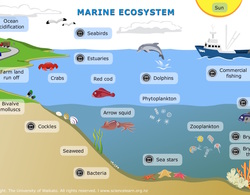
Explore this interactive diagram to learn more about life in the sea. Click on the different labels to view short video clips or images about different parts of the marine ecosystem. Select here ...
READ MORE
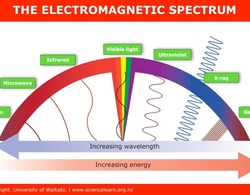
This interactive looks at the electromagnetic spectrum. To use this interactive, move your mouse or finger over any of the labelled boxes and select to obtain more information. Select here for a ...
READ MORE